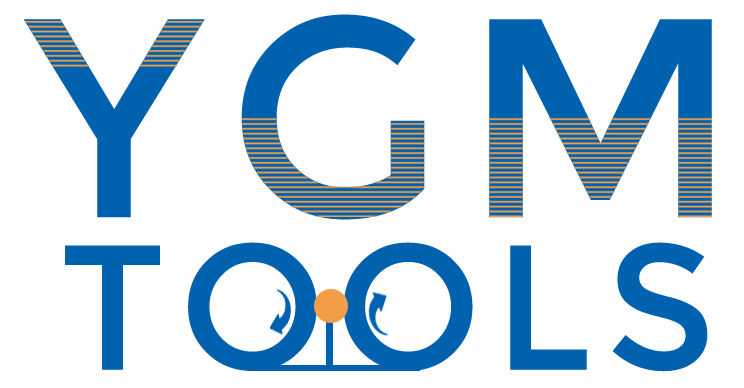
-
 Afrikaans
Afrikaans -
 Albanian
Albanian -
 Amharic
Amharic -
 Arabic
Arabic -
 Armenian
Armenian -
 Azerbaijani
Azerbaijani -
 Basque
Basque -
 Belarusian
Belarusian -
 Bengali
Bengali -
 Bosnian
Bosnian -
 Bulgarian
Bulgarian -
 Catalan
Catalan -
 Cebuano
Cebuano -
 Corsican
Corsican -
 Croatian
Croatian -
 Czech
Czech -
 Danish
Danish -
 Dutch
Dutch -
 English
English -
 Esperanto
Esperanto -
 Estonian
Estonian -
 Finnish
Finnish -
 French
French -
 Frisian
Frisian -
 Galician
Galician -
 Georgian
Georgian -
 German
German -
 Greek
Greek -
 Gujarati
Gujarati -
 Haitian Creole
Haitian Creole -
 hausa
hausa -
 hawaiian
hawaiian -
 Hebrew
Hebrew -
 Hindi
Hindi -
 Miao
Miao -
 Hungarian
Hungarian -
 Icelandic
Icelandic -
 igbo
igbo -
 Indonesian
Indonesian -
 irish
irish -
 Italian
Italian -
 Japanese
Japanese -
 Javanese
Javanese -
 Kannada
Kannada -
 kazakh
kazakh -
 Khmer
Khmer -
 Rwandese
Rwandese -
 Korean
Korean -
 Kurdish
Kurdish -
 Kyrgyz
Kyrgyz -
 Lao
Lao -
 Latin
Latin -
 Latvian
Latvian -
 Lithuanian
Lithuanian -
 Luxembourgish
Luxembourgish -
 Macedonian
Macedonian -
 Malgashi
Malgashi -
 Malay
Malay -
 Malayalam
Malayalam -
 Maltese
Maltese -
 Maori
Maori -
 Marathi
Marathi -
 Mongolian
Mongolian -
 Myanmar
Myanmar -
 Nepali
Nepali -
 Norwegian
Norwegian -
 Norwegian
Norwegian -
 Occitan
Occitan -
 Pashto
Pashto -
 Persian
Persian -
 Polish
Polish -
 Portuguese
Portuguese -
 Punjabi
Punjabi -
 Romanian
Romanian -
 Russian
Russian -
 Samoan
Samoan -
 Scottish Gaelic
Scottish Gaelic -
 Serbian
Serbian -
 Sesotho
Sesotho -
 Shona
Shona -
 Sindhi
Sindhi -
 Sinhala
Sinhala -
 Slovak
Slovak -
 Slovenian
Slovenian -
 Somali
Somali -
 Spanish
Spanish -
 Sundanese
Sundanese -
 Swahili
Swahili -
 Swedish
Swedish -
 Tagalog
Tagalog -
 Tajik
Tajik -
 Tamil
Tamil -
 Tatar
Tatar -
 Telugu
Telugu -
 Thai
Thai -
 Turkish
Turkish -
 Turkmen
Turkmen -
 Ukrainian
Ukrainian -
 Urdu
Urdu -
 Uighur
Uighur -
 Uzbek
Uzbek -
 Vietnamese
Vietnamese -
 Welsh
Welsh -
 Bantu
Bantu -
 Yiddish
Yiddish -
 Yoruba
Yoruba -
 Zulu
Zulu
High-Quality Small Thread Rolling Machines for Precision Manufacturing
Exploring Small Thread Rolling Machine Products Efficiency and Versatility in Modern Manufacturing
In the realm of manufacturing, precision and efficiency are paramount, especially when it comes to creating threaded components. Small thread rolling machines have emerged as indispensable tools, facilitating the production of high-quality threads for various applications. These machines are known for their ability to deliver accurate threads while minimizing waste and reducing production time. This article delves into the features, advantages, and applications of small thread rolling machines, highlighting their significance in modern metalworking.
Understanding Small Thread Rolling Machines
Thread rolling is a cold-forming process that transforms a cylindrical blank into a threaded part by passing it through a pair of specially designed rollers. Small thread rolling machines are compact and designed to work on smaller workpieces, making them ideal for manufacturing intricate products with fine threads. These machines employ various rolling techniques, such as flat die, cylindrical die, and planetary rolling, to achieve different thread sizes and profiles.
Key Features
One of the most crucial features of small thread rolling machines is their adaptability. They can accommodate a wide range of materials, including steel, aluminum, and even plastics, ensuring versatility across various industries. Moreover, these machines are often equipped with adjustable rollers, allowing manufacturers to quickly switch between different thread specifications without extensive downtime.
Additionally, many modern small thread rolling machines integrate advanced technology, such as CNC controls and automation capabilities. This innovation enhances precision, reduces human error, and boosts production rates. Some machines even come with monitoring systems that track operational efficiency, enabling real-time adjustments to optimize performance.
Advantages of Small Thread Rolling Machines
small thread rolling machine products

The benefits of utilizing small thread rolling machines are manifold. Firstly, the cold-forming process associated with thread rolling results in stronger threads compared to machining methods, as the material's grain structure remains intact. This inherent strength is particularly vital for components subjected to high stress in applications such as automotive and aerospace.
Secondly, the efficiency of thread rolling significantly reduces material waste, making it a cost-effective method for producing threaded parts. Unlike traditional cutting methods, which often generate scrap metal, thread rolling compresses the material, resulting in minimal waste.
Moreover, small thread rolling machines can operate at high speeds, enabling manufacturers to increase their output without compromising quality. This efficiency is crucial in today's fast-paced manufacturing environment, where meeting tight deadlines while maintaining product standards is essential.
Applications Across Industries
Small thread rolling machines find applications in a diverse array of sectors, including automotive, electronics, and construction. In the automotive industry, they produce screws, bolts, and fasteners that are critical for vehicle assembly. The electronics sector benefits from these machines by creating precision components for devices such as smartphones and computers. In construction, small thread rolling machines help manufacture various anchoring systems and structural components, ensuring reliability and safety in building projects.
Conclusion
As industries continue to evolve, the role of small thread rolling machines in manufacturing becomes increasingly vital. Their ability to produce high-quality threads efficiently and economically makes them an essential asset for businesses seeking to enhance their manufacturing capabilities. With ongoing advancements in technology, we can expect even greater innovations in small thread rolling machines, further solidifying their importance in the future of manufacturing.
